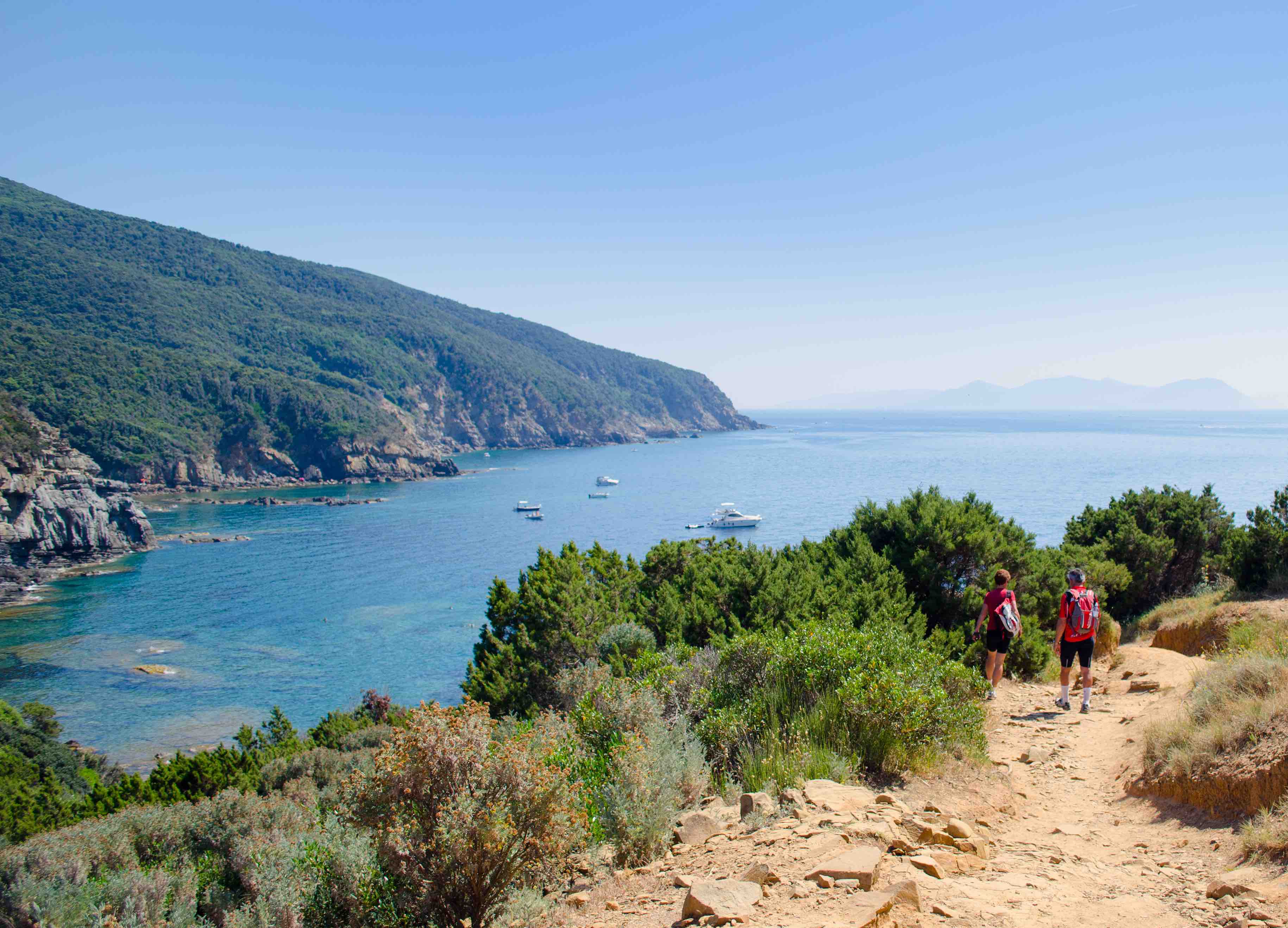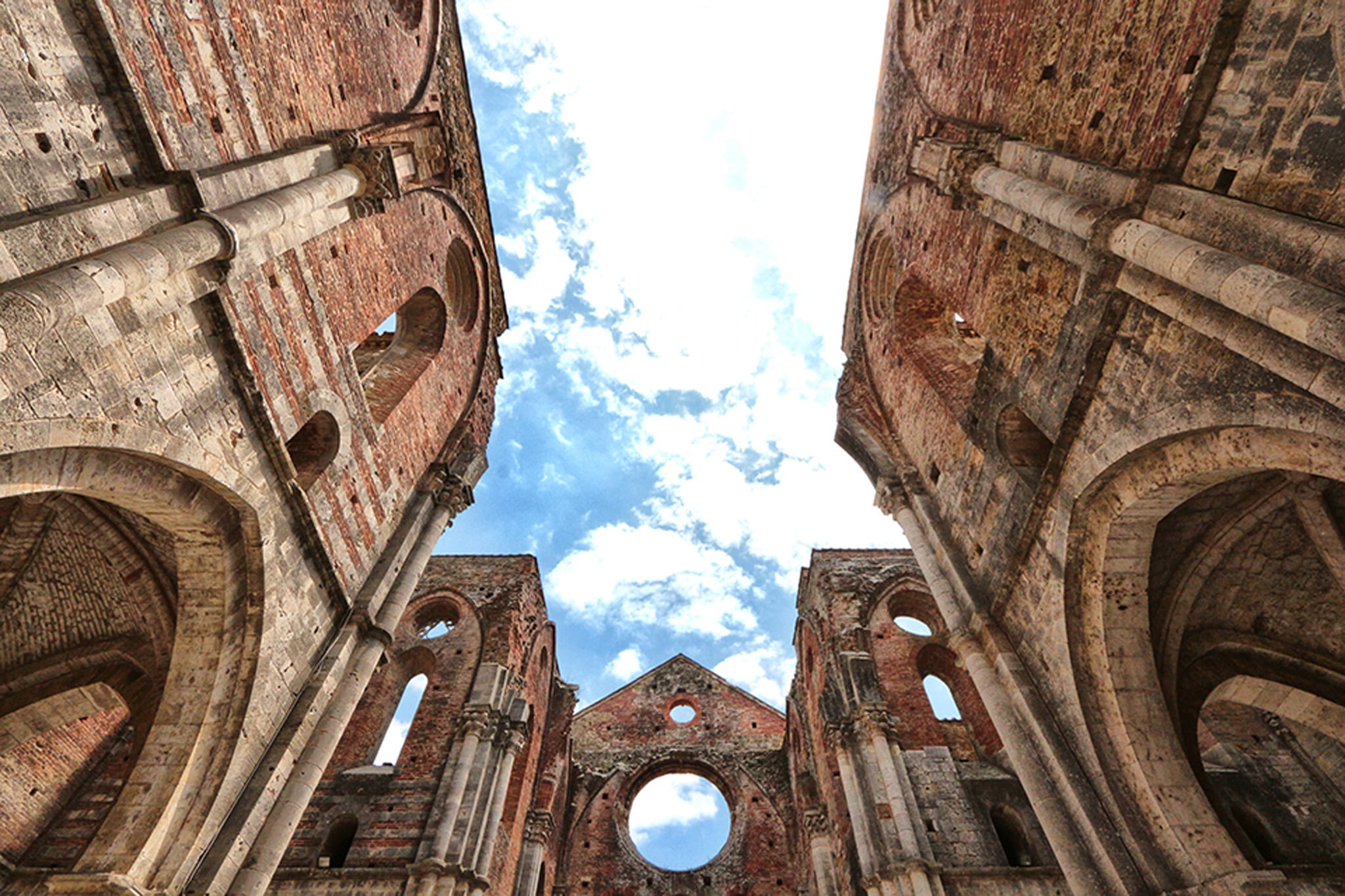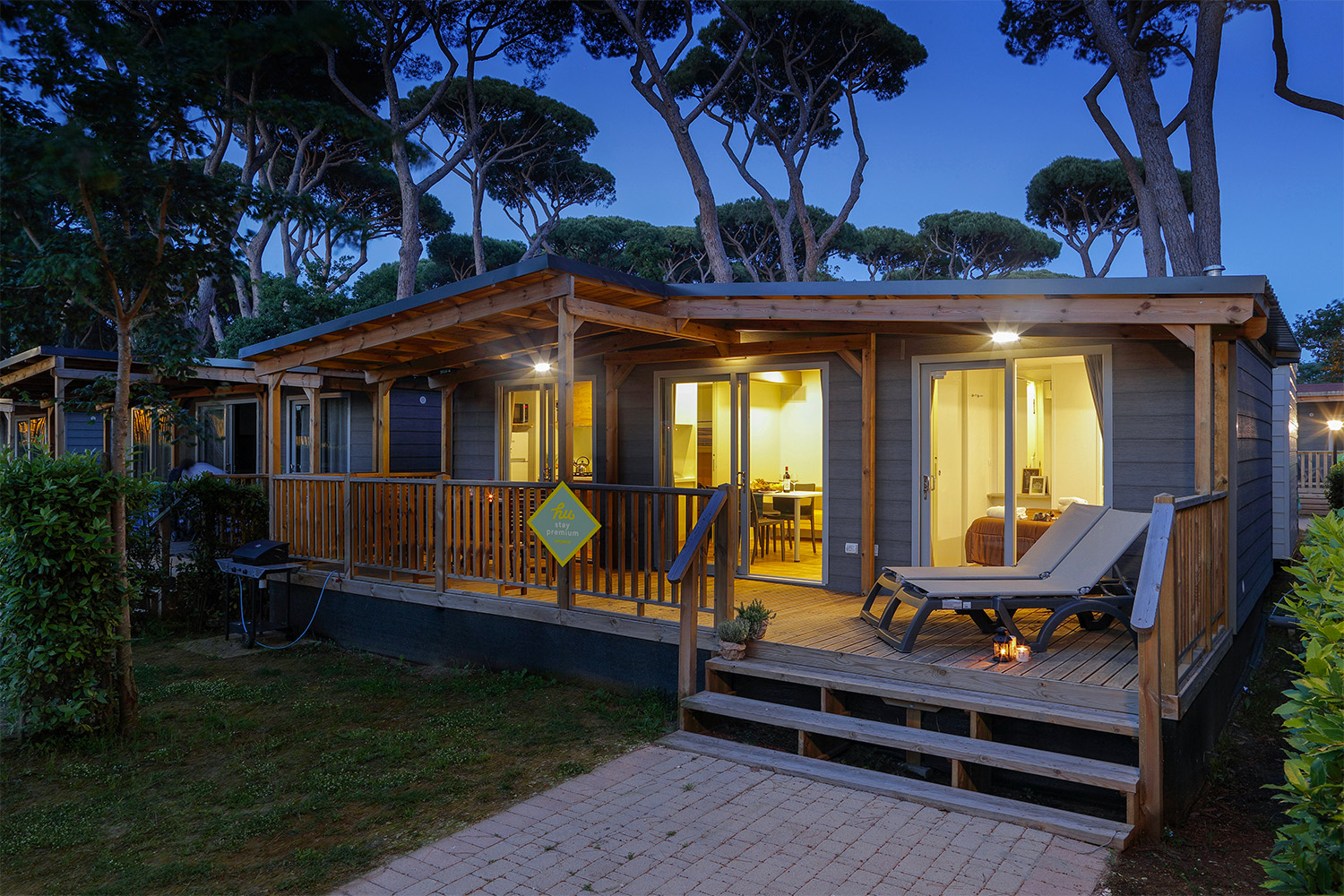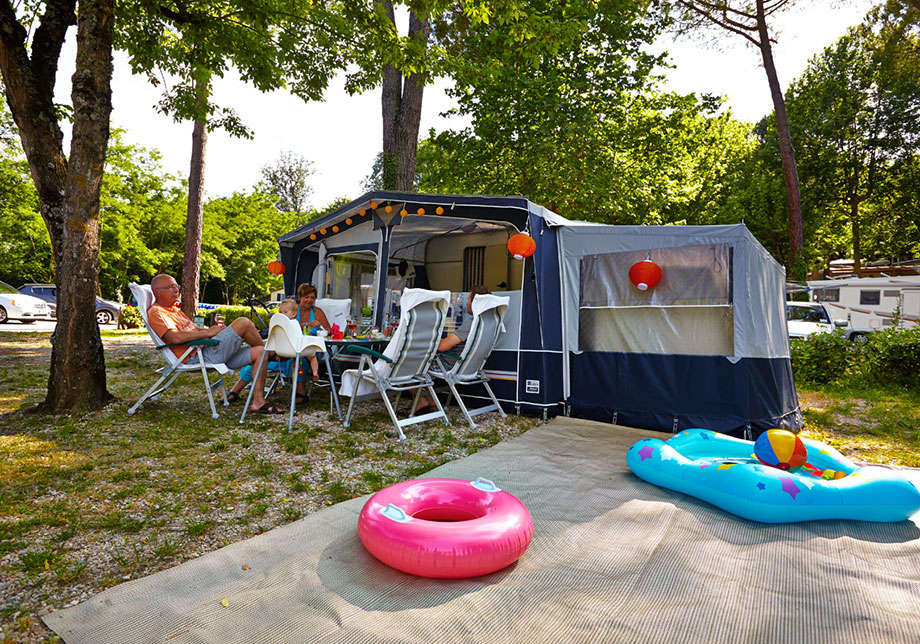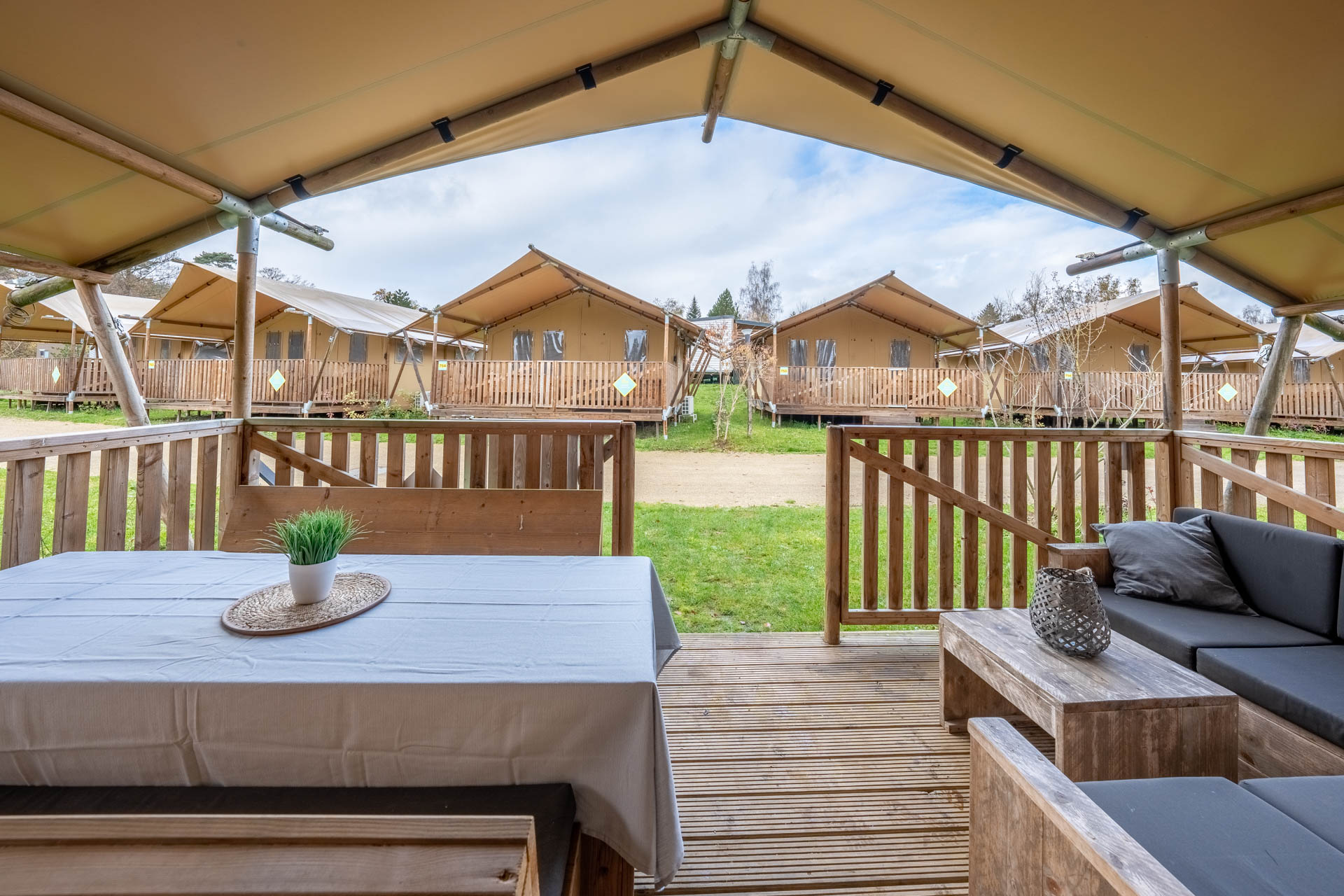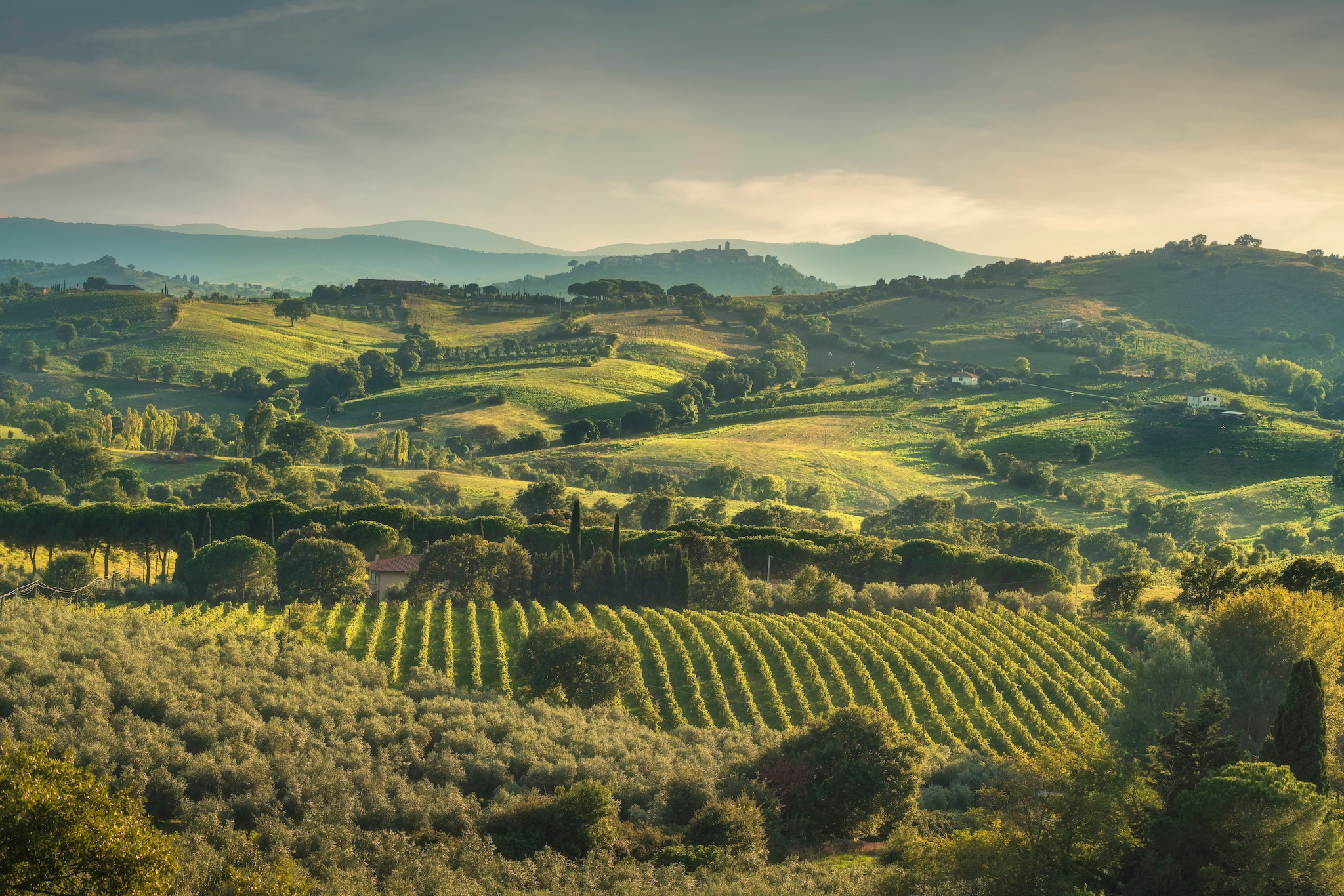
Morellino hills
The Etruscans were the first to cultivate vines and produce wine on the peninsula. This means that the wine-growing tradition here dates back thousands of years and has played a role in shaping the current landscape. Making Suvereto and the Val di Cornia together with Maremma the cradle of Italian wine.
Suvereto: wine and female intuition
Suvereto has always been renowned its excellent produce, the countryside is blessed with sunshine and gentle breezes, the most essential ingredients for healthy, high-quality vines. But the wine-making revolution in these parts came about thanks to the intuition of one woman. Elisa Bonaparte, Napoleon’s sister, who introduced new cultivation techniques and the modern ‘Bordeaux-style’ vineyard in the early 19th century. Since then, wines produced in Suvereto have grown in stature and were formally awarded the DOCG status in 2011. There are numerous wineries that invite visitors learn about and appreciate the area’s typical wines: from the traditional - like the Il Falcone winery, the oldest in Suvereto - to the most innovative. If you are also a fan of architecture, there is one winery you have to see: Petra, designed by the architect Mario Botta. It is like stepping into a spaceship when you enter, however, it’s true purpose is to produce wines with minimal impact on the environment.
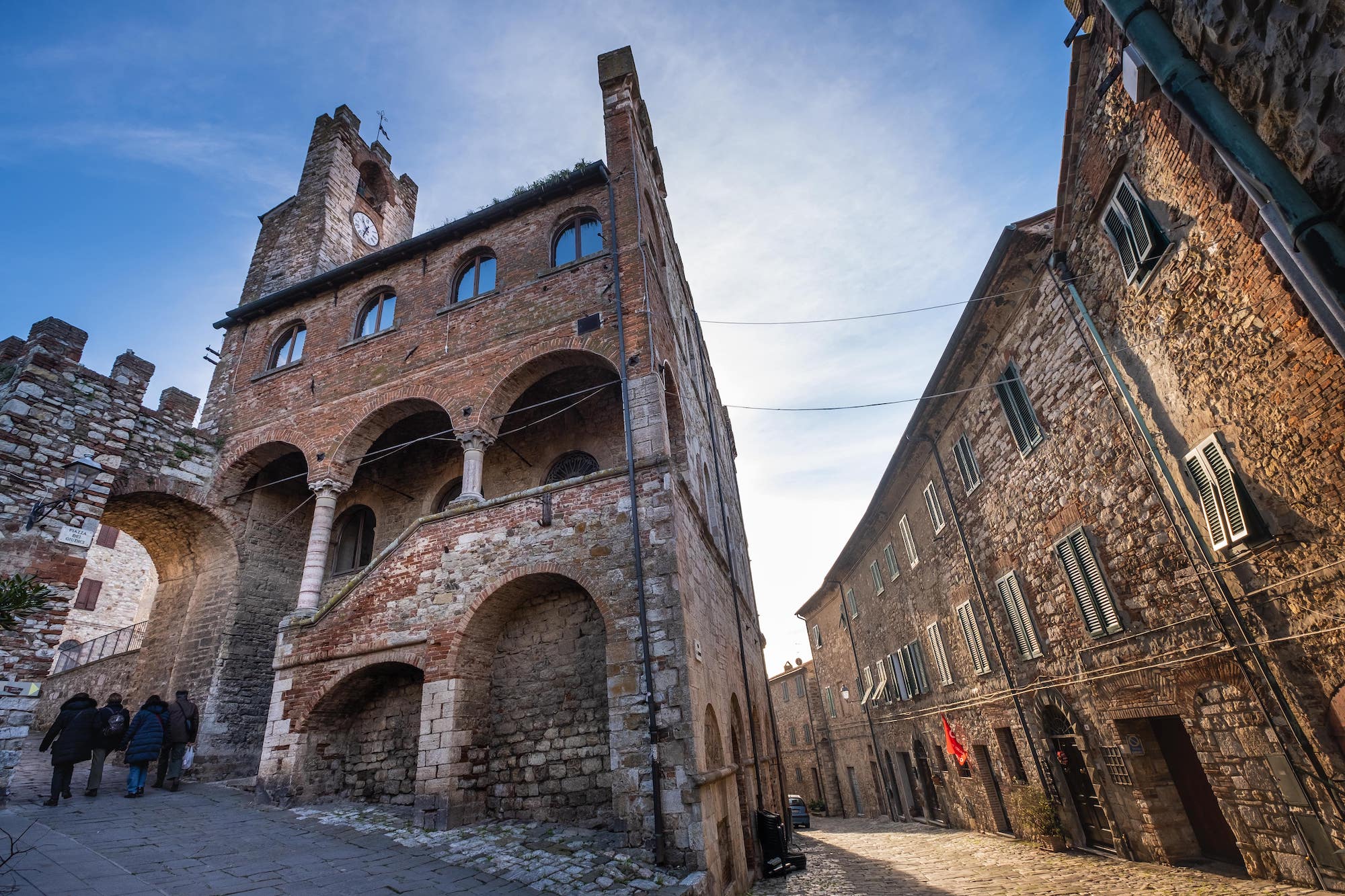
Suvereto
Val di Cornia, biodiversity and sustainability in a Mediterranean oasis
But, when it comes to wine, the entire Val di Cornia area, which, in addition to Suvereto, includes the Piombino, Campiglia Marittima, San Vincenzo and Sassetta districts, should not be overlooked. The wines of this region split between sea and hills tend to be overshadowed by those of greater renown from Bolgheri, but oenologically speaking, they are not to be underestimated. Once again, biodiversity is the secret behind the success of a viticulture based on principals of eco-sustainability. The hu Park Albatros village, immersed in the Val di Cornia, enjoys the same mild and sunny climate as the vines in this Mediterranean oasis. With this in this in mind, exploring the local wines of the area is another way of engaging in more eco-friendly tourism. In turn, all the wineries of the area show particular respect for the land. Our recommendations include, Rigoli and its wine shop, which is open all year round to the public without pre-booking.
Maremma, what a wine!
A varied and wooded territory, but one which offers ideal land for growing vines. This is Maremma. Here, too, native red and white grape varieties such as Ciliegiolo, Canaiolo nero, Pugnitello, Sangiovese, Ansonica, Trebbiano and Vermentino are grown alongside international varieties such as Cabernet Sauvignon, Cabernet franc, Merlot, Syrah, Viognier and Chardonnay. However in the area the Sangiovese is known by another name: have you ever heard of Morellino? Scansano is the home of the Morellino, and the best time to visit this village is in September, when the Festa dell'Uva (Grape Festival) is celebrated with tastings in the wineries. To find out all its secrets, book a Morellino Wine Experience at one of the many renowned wineries in the area. Pushing even further south, in Pitigliano, you’ll encounter the fresh yet complex white wines from vines grown on volcanic land, and if you love reds, try the pure Ciliegiolo.
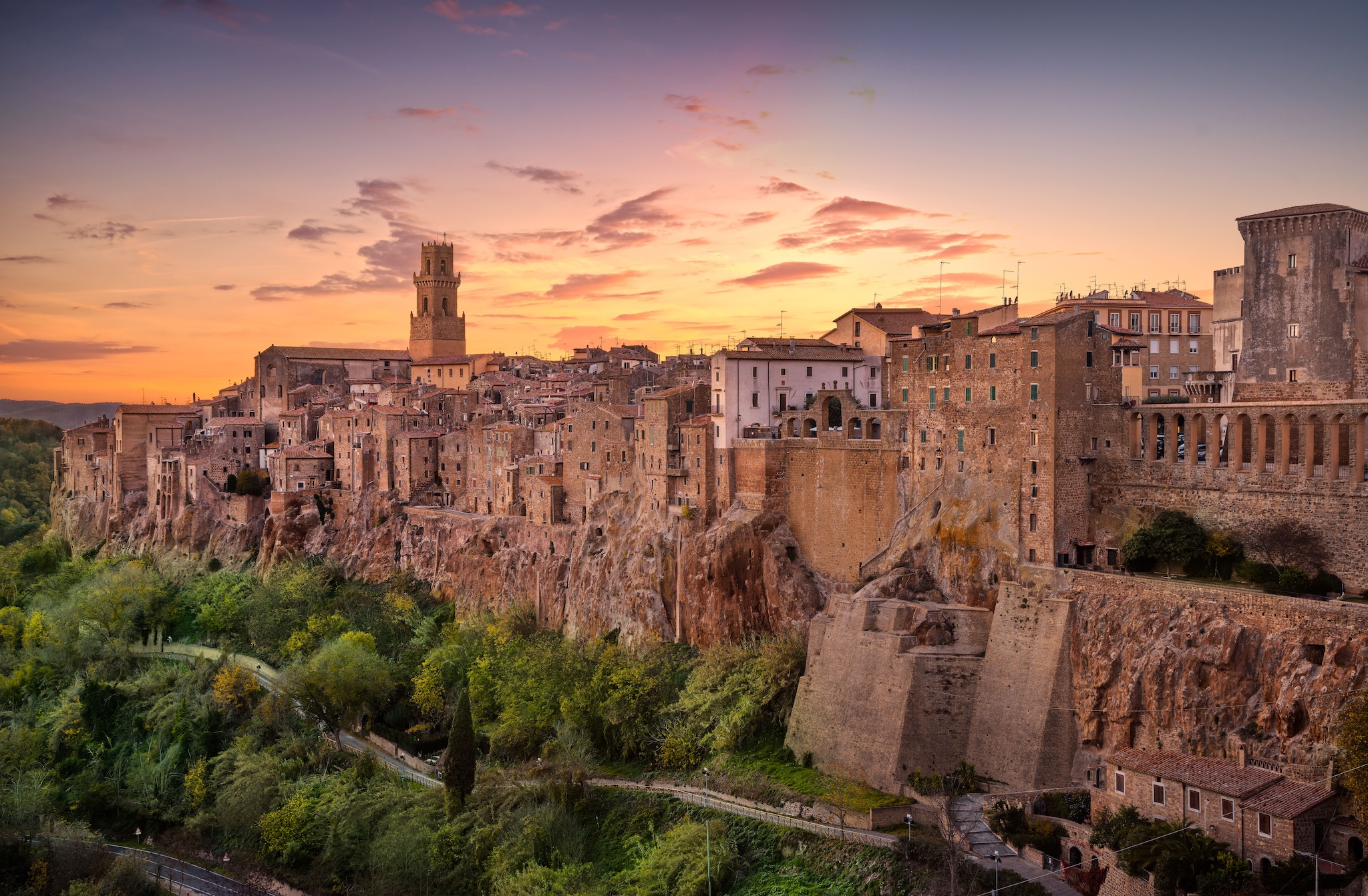
Pitigliano


